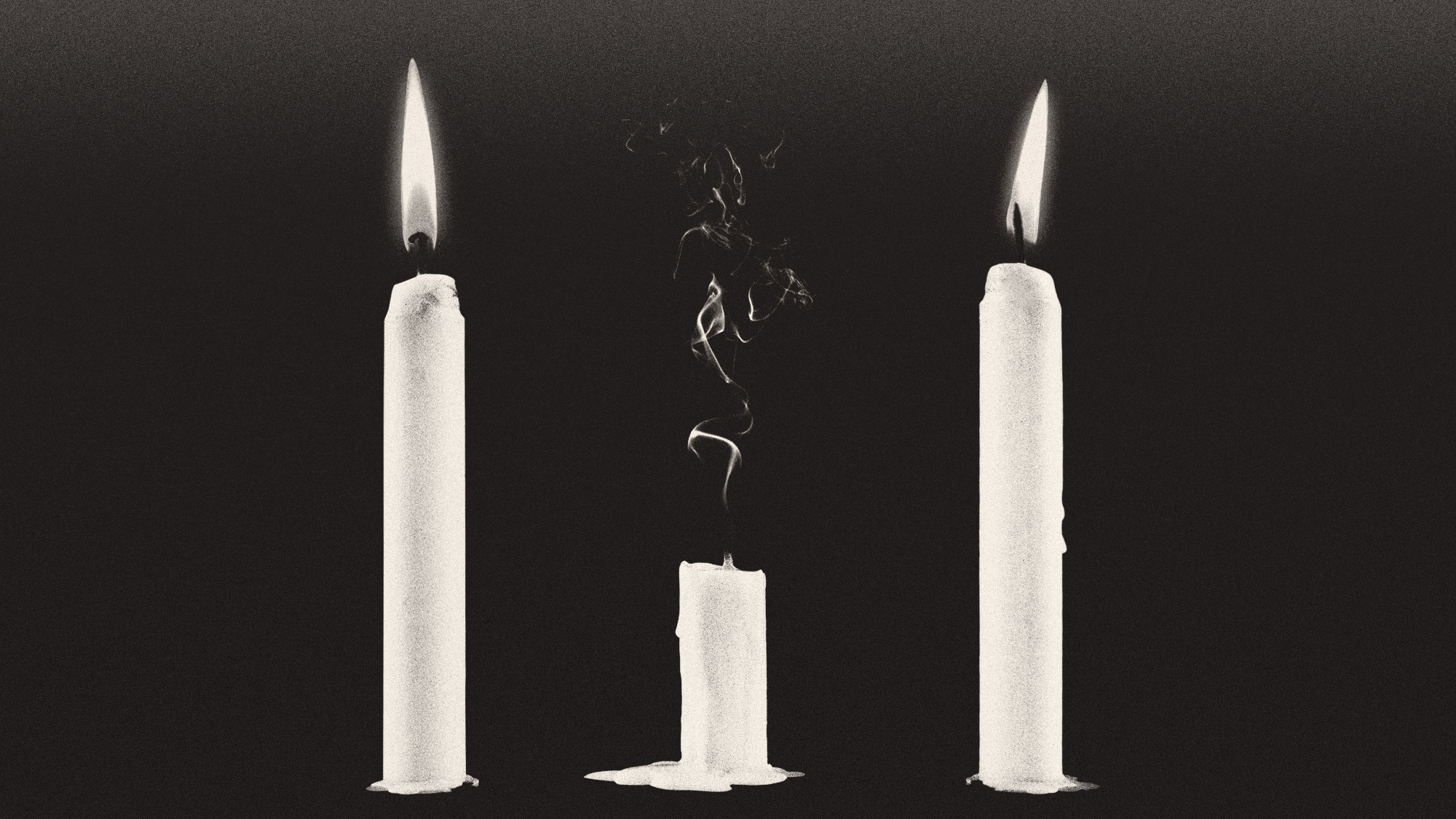Exhibit of the week: Mark Bradford
Bradford uses discarded fliers, plywood scraps, newsprint, and other disposable debris to evoke the urban landscape.
Institute of Contemporary Art, Boston
Through March 13
Lots of painters riff on urban life, said Chris Bergeron in the Framingham, Mass., MetroWest Daily News. Mark Bradford takes it to the next level. Indeed, his art is informed to an almost archaeological degree by his experience growing up in South Central L.A. “Looking into the raw, rough surfaces of his canvases is like examining volcanic lava that has absorbed all the crazy laughter, violence, and sex flowing from his neighborhood into its sticky, molten embrace.” His works treat the city not just as thematic fodder but as the medium itself: He uses “disposable debris”—discarded fliers, plywood scraps, even foil end papers from his mother’s beauty salon—the way other artists use paint. “Imagine Van Gogh collected fireflies in a bottle to create Starry Night. Or Gauguin covered canvases with palm fronds, banana leaves, and beach sand to evoke Tahitian landscapes.” Quite literally incorporating gritty urban detritus, Bradford’s works possess an authenticity that’s visceral and immediate.
The Week
Escape your echo chamber. Get the facts behind the news, plus analysis from multiple perspectives.

Sign up for The Week's Free Newsletters
From our morning news briefing to a weekly Good News Newsletter, get the best of The Week delivered directly to your inbox.
From our morning news briefing to a weekly Good News Newsletter, get the best of The Week delivered directly to your inbox.
The strongest pieces are the least overtly political, said Holland Cotter in The New York Times. Despite the implications of its title, Enter and Exit the New Negro (2000) is essentially an abstract work, with a modernist, “all-over linear grid and monochromatic silver-gray tone.” The more recent pieces in the show are Bradford’s most sophisticated and satisfying. “Made from multiple layers of inked, bleached, and sanded newsprint, they have no apparent narrative subtext; they seem to be entirely about the material allure of their surfaces, alternately bumpy with raised relief and as smooth as watered silk.”
Arranged chronologically, the show gets better as it goes along, said Sebastian Smee in The Boston Globe. Some of the earliest pieces come off as heavy-handed or simply inscrutable—large-scale abstract works with “cryptic, oddly loaded” titles. The variations in tone in these early works are “diverting,” but “the overall effect is woozy and diffuse.” Then, somewhere around room three, a “chewy materiality” starts to crop up and you know Bradford has really hit his stride. For instance, The Some of Its Parts (2004) is “an extraordinary composition of radiating lines and pixel-like bursts of fluorescent color against a field of horizontal white stripes. Seeing it, you can’t doubt that whoever made it is on to something.”
A free daily email with the biggest news stories of the day – and the best features from TheWeek.com


